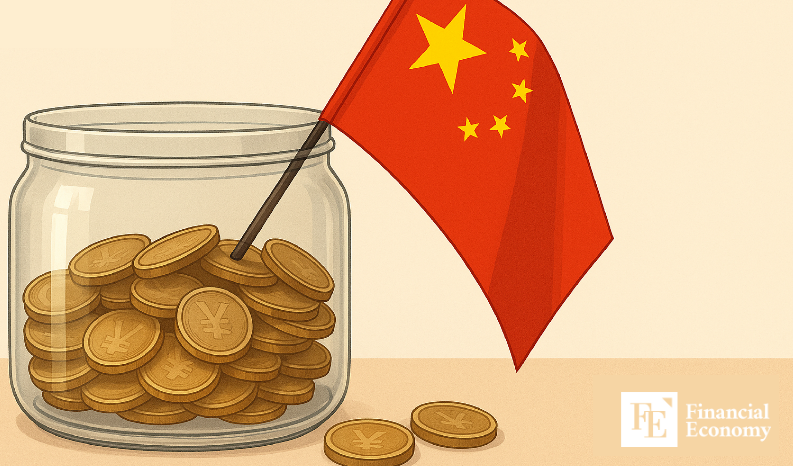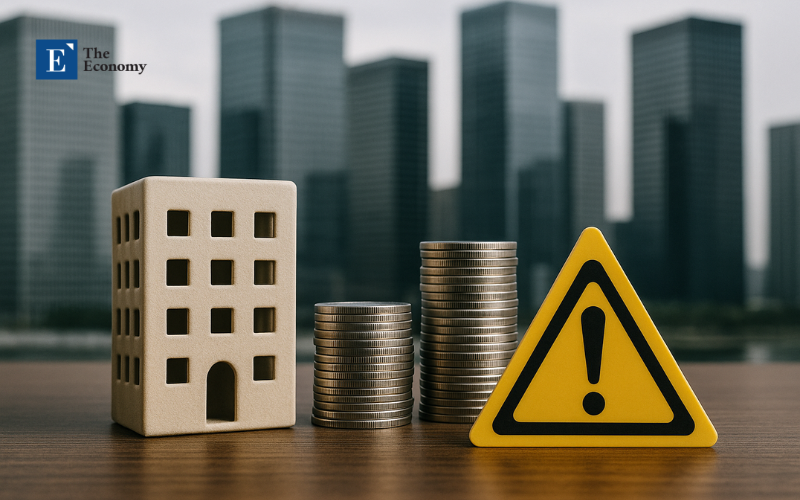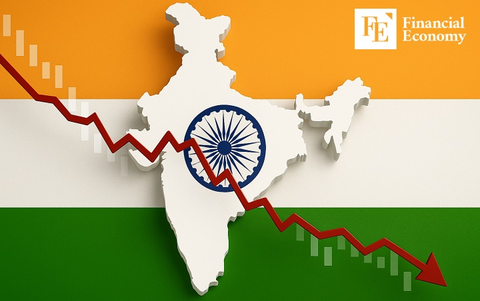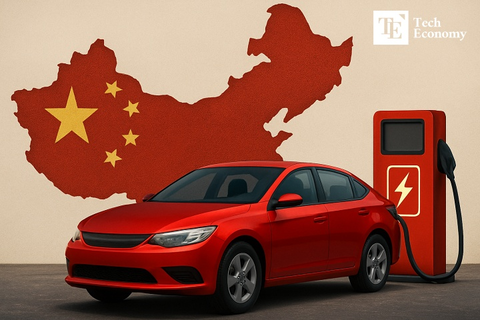China’s Deep Freeze: Why the Real Trouble Isn't Just HSBC
Input
Modified
Beyond the numbers, there is a silence. Cities grow taller, but profits shrink. Under the glass towers and debt-led pride, something hollow echoes inside.
China’s real estate crisis is no longer just a slow leak in a tire. It has become a dead weight dragging down the momentum of an entire financial ecosystem. While headlines this week zoomed in on HSBC’s earnings disappointment, the real story lies beyond a single bank’s quarterly results. The deeper narrative is that any institution heavily exposed to China’s property and mortgage sector is now facing a structural downturn that will likely persist for years.
The days of breakneck growth in China’s real estate sector, once seen as a pillar of the country’s modernization, are firmly in the rearview mirror. Since peaking in 2023, the market has shown little to no signs of a true rebound. In 2025, the economic impact of that slowdown is beginning to affect global banks, particularly those with established operations and lending portfolios across Chinese cities. And the pain is being felt far beyond the offices of HSBC.

The Cracks Beneath the Glass
HSBC’s first quarter results for 2025 came with a warning. The bank’s mortgage exposure in China triggered a significant spike in impairments, forcing a downward revision of revenue expectations. Its share price dipped, and analysts flagged that more pain was on the horizon if the bank could not offload distressed property assets or restructure its exposure. But HSBC is far from alone.
Western and regional banks alike, which sought growth in China during its urban boom years, now find themselves exposed to a prolonged period of stagnation. What makes this downturn especially worrying is its persistence. Quarter after quarter since late 2023, data shows that the property market has not stabilized, let alone recovered. Sales volumes remain weak, prices continue to decline in most major cities, and new development activity is stalled in many regions.
The deeper problem is demand. China’s population is aging, household formation is slowing, and public sentiment has become increasingly skeptical of real estate as a means of wealth accumulation. Local governments, which once relied on land sales for revenue, have scaled back ambitious construction projects. In cities where half-built towers once promised middle-class dreams, silence now fills the void.
International lenders who provided capital during the boom, particularly those offering mortgage-related products or underwriting development bonds, are now caught in a difficult situation. Restructuring bad debt requires cooperation from regulators, borrowers, and developers. But in China’s current climate, transparency and accountability remain limited.
A Decade of Risk Now Matures
The current losses were not unpredictable. Banks like HSBC had long acknowledged their exposure to Chinese real estate as a potential risk. However, the pace at which the situation deteriorated has caught many by surprise. In hindsight, the warning signs were clear: Evergrande’s collapse, repeated developer defaults, unfinished apartment blocks, and delayed buyer repayments.
These events should have prompted a global reassessment of China’s real estate sustainability, but many institutions held firm, believing the government would step in with a rescue. While Beijing has introduced piecemeal support measures, such as loan extensions, liquidity boosts for key developers, and calls for local banks to support housing demand, these have failed to restore confidence.
What banks are now experiencing is not a crisis, but rather the maturation of a decade’s worth of credit expansion. Between 2013 and 2020, China’s urban development was fueled by cheap credit, aggressive lending, and speculative investment. By 2021, property made up more than 25 percent of China’s GDP, including construction and related services. That concentration of economic activity meant that any downturn would reverberate far beyond real estate firms.
Today, those reverberations are shaking global institutions. Beyond mortgage losses, banks are experiencing a decline in corporate lending quality, weakening consumer credit performance, and slower transaction fees in related sectors such as insurance and asset management. Banks that saw China as a growth driver now see it as a growing liability.
The psychological shift is equally damaging. Investors are losing faith in the idea of China as a predictable, upward-growth market. That perception, once entrenched, does not reverse easily.

Not Just HSBC: A Wider Reckoning Awaits
While HSBC’s name appears in headlines, it serves as a proxy for a broader recalibration happening across the global banking sector. Other institutions with significant exposure to Chinese property markets, either through direct lending, investment products, or collateralized debt obligations, are facing similar dilemmas. Japanese banks, Southeast Asian institutions, and even some European lenders with offices in Shanghai and Shenzhen are reporting increased write-downs and loss provisions.
Local banks within China are not immune either. Many state-backed institutions hold massive portfolios of loans made to developers who are now in default or undergoing restructuring. The ripple effects extend into the bond markets, where yields on Chinese property debt have become volatile and investor appetite has diminished significantly.
One particularly concerning development is the surge in non-performing loans associated with second-tier cities. These areas, once buoyed by real estate speculation, are now experiencing negative price growth, population outflows, and rising vacancy rates. Banks that ventured into these markets during the expansionary years are struggling to recoup capital or sell off assets.
Moreover, the usual tools of financial engineering, such as loan rollovers, asset securitization, and repackaging, are losing their effectiveness. In a slow market with declining confidence, finding buyers or counterparties willing to absorb risk has become increasingly complex. This means banks must absorb losses on their balance sheets for more extended periods, which impacts their capital ratios and long-term profitability.
There is also a political element. With government priorities shifting toward stability and deleveraging, banks are finding less policy support for risk-taking. Institutions that hoped for bailouts or favorable restructuring terms are facing a colder, more market-driven reality. In some cases, political sensitivities surrounding foreign banks operating in China have even slowed the approval process for asset recovery.
What lies ahead is a long winter for anyone tethered to China’s real estate machine. Without significant structural reform, and absent a demographic miracle to renew housing demand, the sector is unlikely to rebound in the short term. Banks will have to adapt not by waiting for the market to recover, but by fundamentally reshaping their exposure strategies.
For global investors and analysts, the lesson is sobering. China’s economic model is entering a new phase, one less reliant on construction and more focused on consumption and technology. Financial institutions that built their growth projections around old paradigms must now revise their outlooks and brace for leaner returns.
Ultimately, the story is not just about HSBC’s quarterly results. It marks the end of an era when banks could rely on China’s property boom to boost earnings and hedge against stagnation elsewhere. That era is over. What comes next will test the patience, agility, and resilience of banks and investors alike.





















